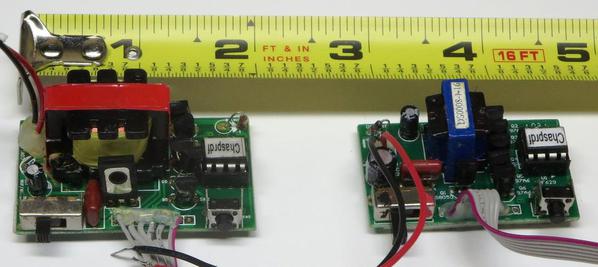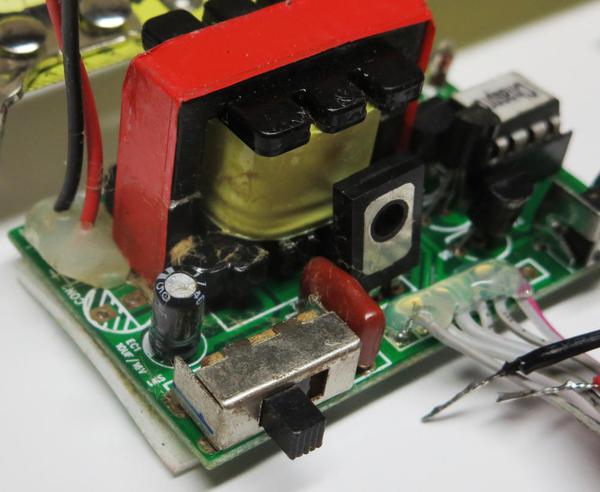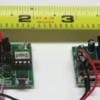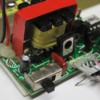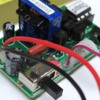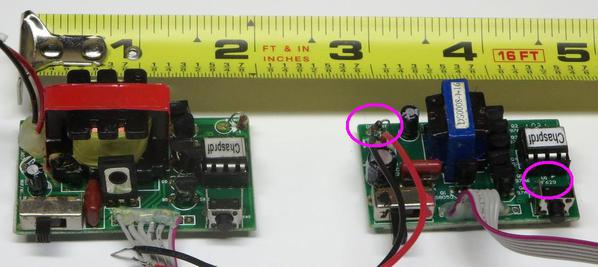Has anyone attempted to repair a Miller Engineering board on the component level? I'll admit, I did something really stupid and blew a cap on the board. (Senior moment!)
I first contacted Miller, hoping they would have some sage advice. Unfortunately, they are strictly an importer.
So back to the board. I was able to remove the remnants of the blown cap. I am hoping that is all that was damaged. Problem is, I don't know what size cap it was. I have several ME signs, and all the boards are different. I have some pics below.
The first is the damaged board (left) with the closest configured board I have (right).
The second is a close up of what is left. The cap goes at the base of the red stripe, inside the circle. Based on the markings in the circle, I think the cap is polarized.
The third shot is the undamaged board. I think the equivalent cap on this board is the one marked 20microF.
I'm thinking about using a 20mF polarized cap as a replacement.
What you think?
Chris
LVHR




